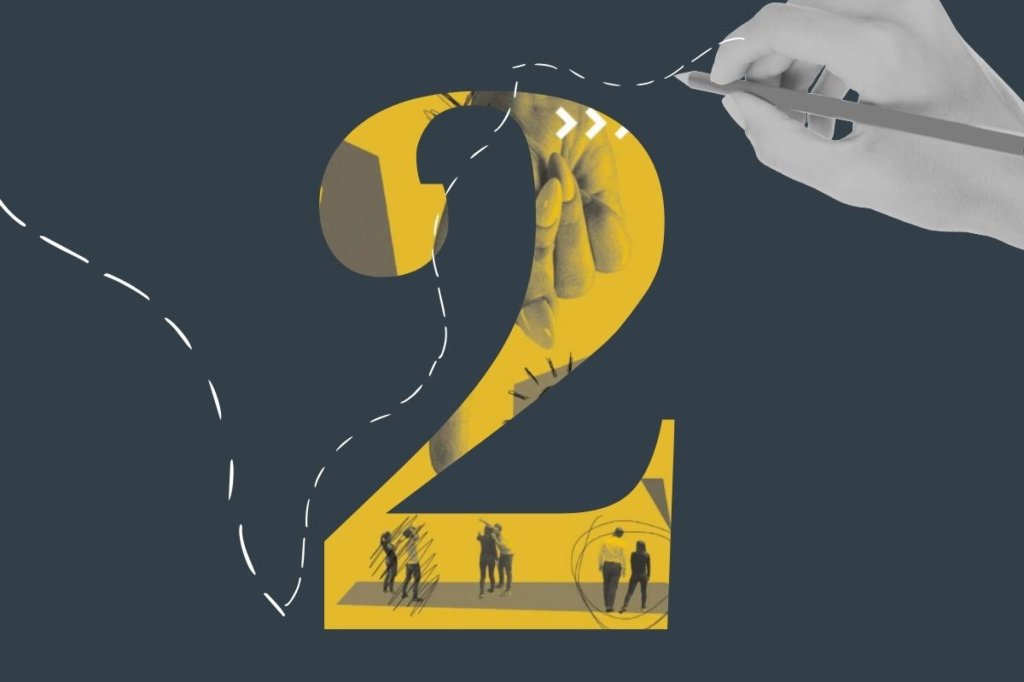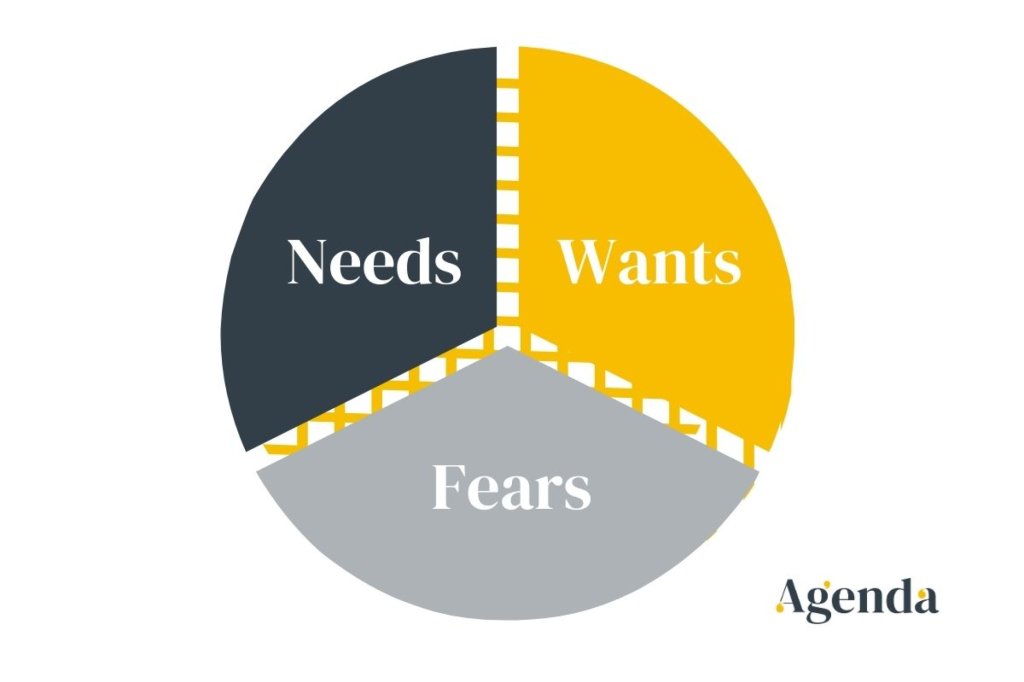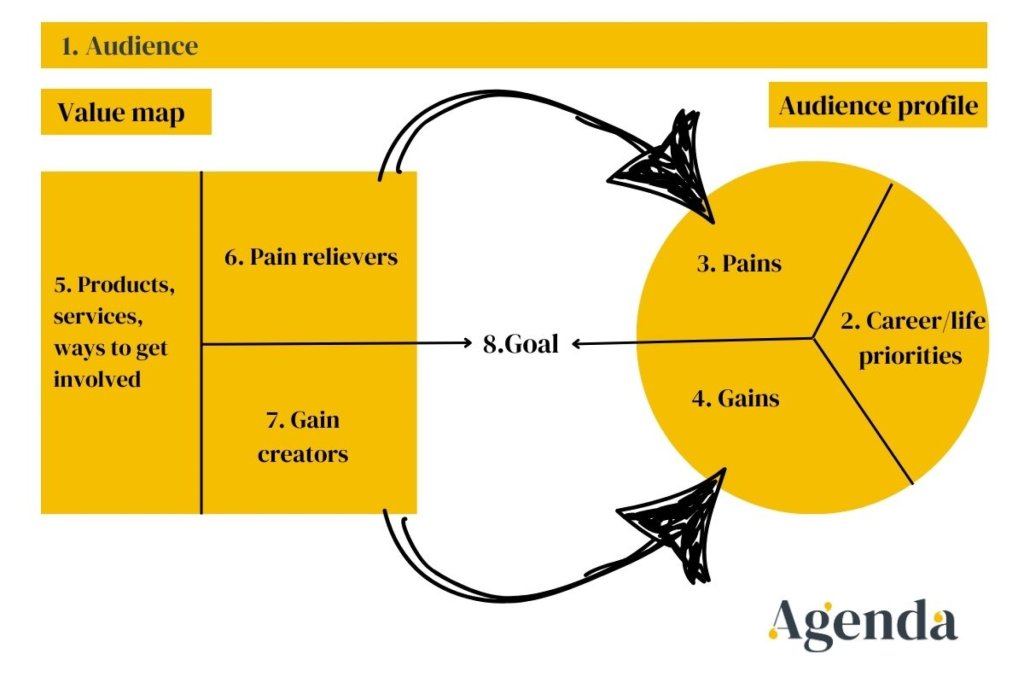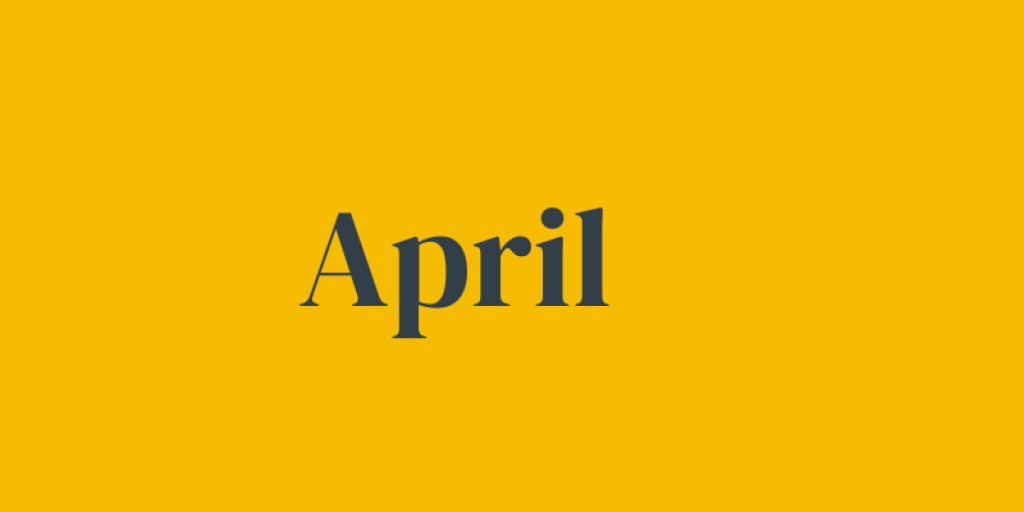In part one of this series, Martin Reid, Agenda senior associate and former director at the Education and Training Foundation, defined what a value proposition is and what it’s not, and why it is important.
In part two, we will consider how we can best understand our audiences and the advantages of building a value proposition canvas.
Know your audience
Before you start to write your value proposition, you will need to ensure you understand as fully as possible, the needs and wants of your audiences.
In my experience, this should start with in-depth market research which engages with the current and potential people you wish to attract to your organisation - members, donors, beneficiaries, service users and so on – making sure you use your CRM data to identify all your audience types, so everyone can have their say.
This work is more than just a straightforward benchmark survey of your core features and benefits.
It’s great to know how you’re doing so far, but you really need to get back to basics and focus on your audiences’ motivations, drivers, aspirations and beliefs so your offer can truly meet their requirements
At Agenda, we ask a series of questions to unpick our audiences’ needs, like these:
What’s worrying you right now about [your sector]?
And what are you worried about for the future?
Where’s the opportunity to make a change?
What do you see in your organisation’s role in achieving a better future?
Know your data
Alongside market research, we look for clues into what our audiences care about through a variety of other sources:
Google Analytics: what are people searching for on our website, and how has this changed over time?
Social media analytics: what topics create the most interest and which groups seem most engaged?
Newsletter and email analytics: which stories are getting most click thrus and which audience groups are most actively engaged in which topics?
Feedback from conferences and events: what content attracts participants and what else would they like to see?
Knowledge from enquiries/case work and reps/volunteers on the ground: which topics are becoming more important for which groups?
Developing audience personas
From the ingredients of market research and data analytics, we can produce a set of behavioural personas.
In my last role, we segmented 22,000 individual members into four types based around common goals, frustrations, aspirations, type of engagement with the organisation.
Each persona included a single statement summarising the segment’s beliefs and aspirations then detailing their needs and wants. For example, one persona type wanted to seek improvements in the sector overall, while another one was focused on improving their own development.
The value proposition canvas
You might find it helpful to produce a value proposition canvas for each of your main segments. There are templates readily available online and it’s also a great way to get your colleagues together (we all love a post-it session, right?) so you can discuss each element.
First, start by looking at the needs, wants and fears for each of your segments – perhaps using a pie chart to capture the themes.
At Agenda, we pose the question:
“What is our audience ‘thinking’?” to put ourselves in their shoes, drawing on both research and data to answer the question.
Next is to consider the specific features, benefits and experiences of your offer which may meet these needs, wants and fears.
At Agenda, we ask the question:
“What do we want our audiences to ‘know’ about what we have to offer?” especially when it helps a person solve a problem/overcome a ‘pain’ or improve their life or work/give them a ‘gain’.
Solving pains and offering gains
Splitting your offer into how it meets your audiences’ pains and gains anchors your product, service or chances to get involved in a way your audience can really see the value to them.
You can use the template below to plot out how your audience’s pains and gains can be turned into "pain relievers” and "gain creators".
Starting with the right-hand side, think about these questions:
1. Who are we developing our offer for: pick a segment
2. How do they spend or prioritise their time: describe their professional role, daily responsibilities, career aspirations (if you’re a professional association or union) or their personal interests, involvement in campaigning or donating, engagement in services, aspirations for change (if you’re a campaign organisation or charity).
3. What keeps them awake at night: describe their pain points, challenges and frustrations with their daily work and future aspirations, what’s getting in the way
4. What buoys them up: describe their hopes, reasons for enthusiasm, moments of optimism, what keeps them motivated
Then, looking at the value map on the left-hand side, think about these questions:
5. What have you got to offer: describe the features, benefits and outcomes of your product, service or ways to get involved
6. How does your offer relieve pain: look at the pain points, what features, benefits or outcomes overcome your audiences’ problems?
7. How does your offer create gain: look at the gains, what features, benefits or outcomes meet your audiences’ desires
Finally, looking at the middle section, find the best fit between what your audience needs and what you have to offer:
8. What’s your value proposition: understand the most compelling reasons for your audience to choose your offer.
Set yourself apart
As you describe your offer, it’s important to think about where else your audiences could have their pains and gains met. Do you have a direct or indirect competitor, what is their offer, and what’s special about your offer in comparison?
In part three of this series, we get to write a great value proposition with the help of some examples.





